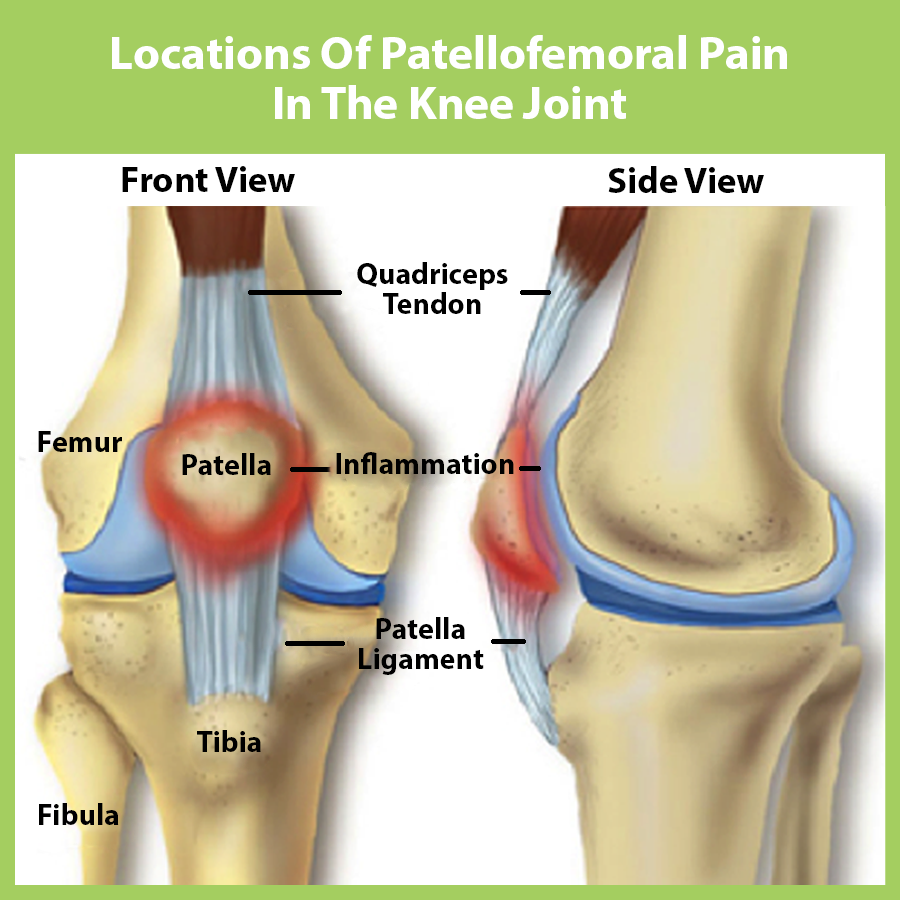Can You Have Runner’s Knee If You’re Not A Runner?
You’ve been feeling acute or frequent pain in the front of your knee(s), but you’re not a runner. So can you still have Runner’s Knee even if you do not run? Runner’s Knee, aka Patellofemoral Pain Syndrome (PFPS) or Chondromalacia Patella, is often the catchall diagnosis for broad-spectrum anterior (front) knee pain with activities that compress the kneecap (patellofemoral) joint. The severity of symptoms may differ between individuals with activities like squatting, lunging, kneeling, prolong sitting, climbing stairs, and running. The pain is often described as dull, and it is common to experience and hear grinding and popping under the kneecap. While physical therapy cannot reverse damage to cartilage under your kneecap, it can still help improve imbalances in the muscles throughout your lower body.
Strengthening exercises to build the muscle groups around your hip and knee joints can improve stability and alignment of the kneecap. Flexibility exercises focused on lengthening the muscles that are creating more compression and friction in the kneecap joint can also help reduce your symptoms.
Additionally, creating a balance between strength and flexibility can help with patellar tracking and reduce the factors potentially causing your pain and symptoms. Correcting movement patterns and progressing to single leg strength exercises is important to address and asymmetries between your right and left leg. Typically there is no loss of motion in the knee joint, but if there is - it will also need to be addressed. Everyone’s case is different, so your rehab plan will be tailored to you.
If you feel like your pain has been brought on by lack of activity or prolonged sitting, here are a few tips for sitting. First, try to avoid prolonged periods of sitting and do your best to take breaks and stretch. Then, if you have to sit, try to do so without:
Your knees at a 90 degree angle
Your legs extended and propped on an ottoman
Your legs crossed
Make sure you change positions frequently and get up every hour and move around
Keep in mind, pain in the anterior knee does not always indicate damage to your cartilage or other tissues, so try not to self diagnose. It may be that your nervous system is overprotective in preventing damage. It may be that your kneecap is not tracking properly. The best thing you can do is to make sure you communicate all your symptoms to your healthcare team to get the most appropriate diagnosis and treatment plan.


